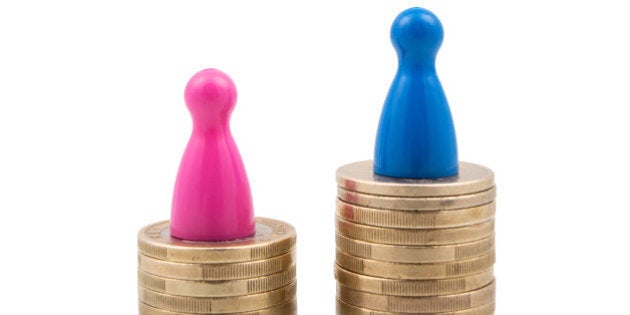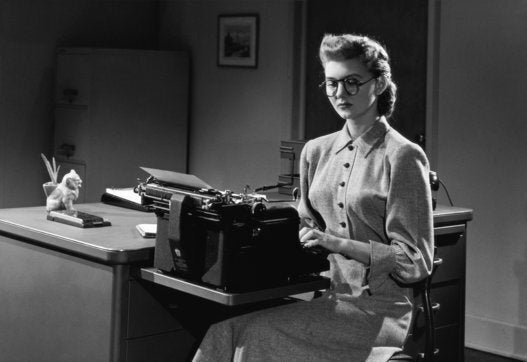
Let's imagine something.
If you took two different individuals and gave them exactly the same amount of work, it will only be logical to pay them exactly the same amount of money, right? Even more so if they are both productive and have great outcomes.
Now, let's name them Anna and Luke.
Has anything changed? Their work remains the same, their skills and capacities, too. Following our previous logic, their monthly paychecks should be exactly the same; But if these individuals live in countries like Argentina -- the country that ranks 112 in terms of equal pay for similar work -- this may not be the case.
Anna could get paid up to 23 per cent less than Luke for the same work.
How can something like this happen?
One of the key elements to understand the gender pay gap is segregation in the labor market, where men and women still have the tendency to go down different career paths that leave women in less valued and lower paid occupations like primary teachers, nurses, cleaning and care work.
But this segregation also occurs within the workplace due to a cultural and historical set stereotype. It is assumed that women will have children at some point of their lives and, if they do, they are also expected to be the ones who take parental leave and juggle between work and family life. It's not usually considered that women could choose their career over family or handle both without any problems, although it does happen. In fact, almost all careers at the University of Buenos Aires, the female population represents half -- or even a bit more -- of the alumni.
Women are also affected by sexism in the decision making process. A study performed by Corinne A. Moss-Racusin (Yale University) . shows that if two people (a man and a woman) with exactly the same résumés applied for a two-year lab manager position, the man would most likely be chosen. This leaves women with lower income jobs and with less responsibility, slowing down their career.
There are hundreds of reasons that contribute to the gender pay gap, but they all can be put aside by ensuring that every individual is paid for the work they do, irrespective of gender. When women are treated as equal, we all win. The increase of female labour force could raise the global GDP by up to USD$13-18 billion. Women tend to invest 90 per cent of their earnings in their families, providing them with health and education, while helping entire communities to reduce poverty and raising living standards.
Doing away with the gender pay gap is as easy as starting to treat and pay women as individuals.
By Julia Roitman, delegate representing Argentina at the G(irls)20 Summit 2015 in Istanbul, Turkey.
ALSO ON HUFFPOST:
